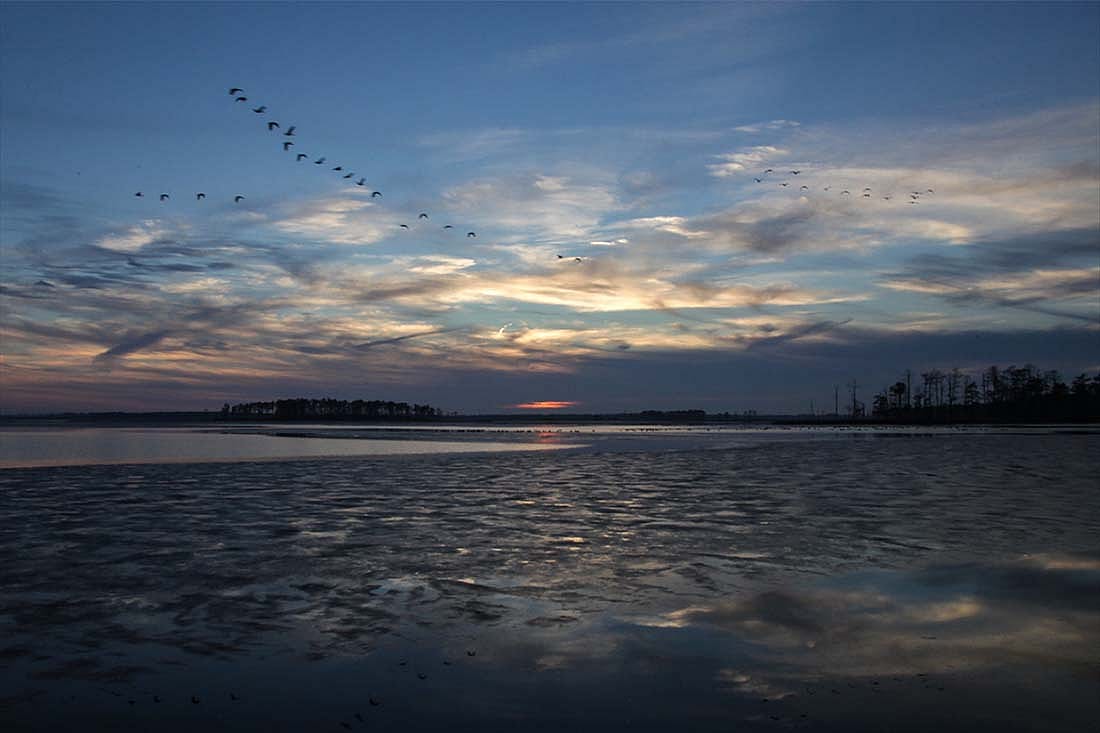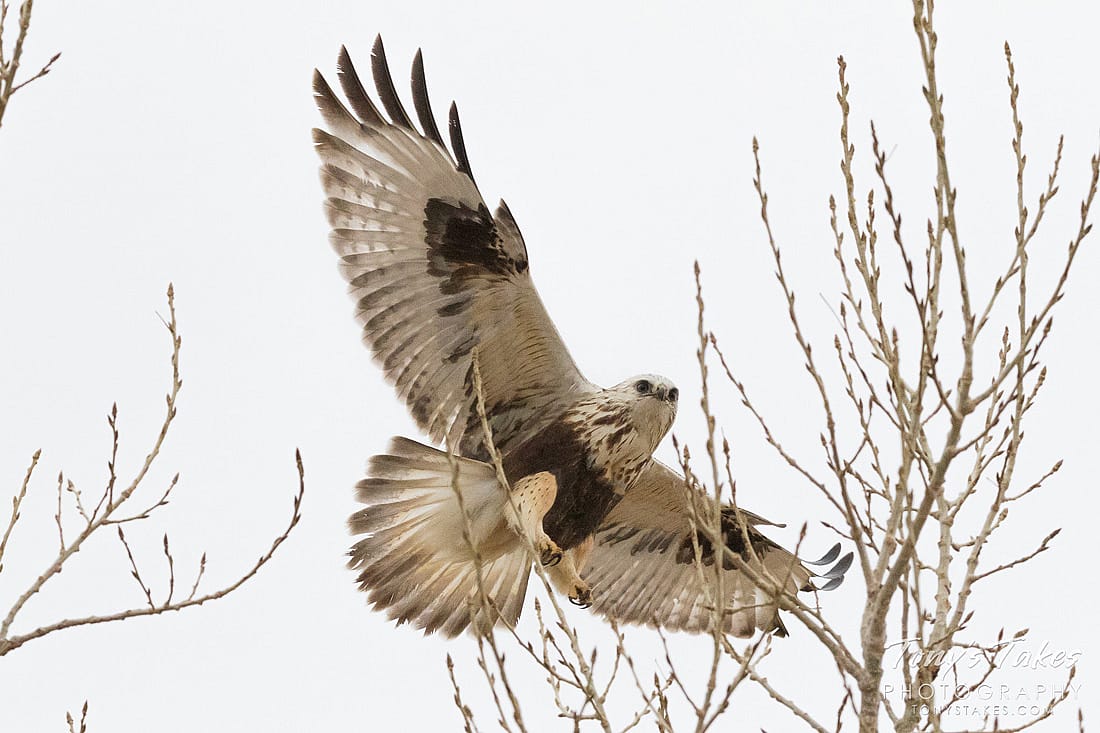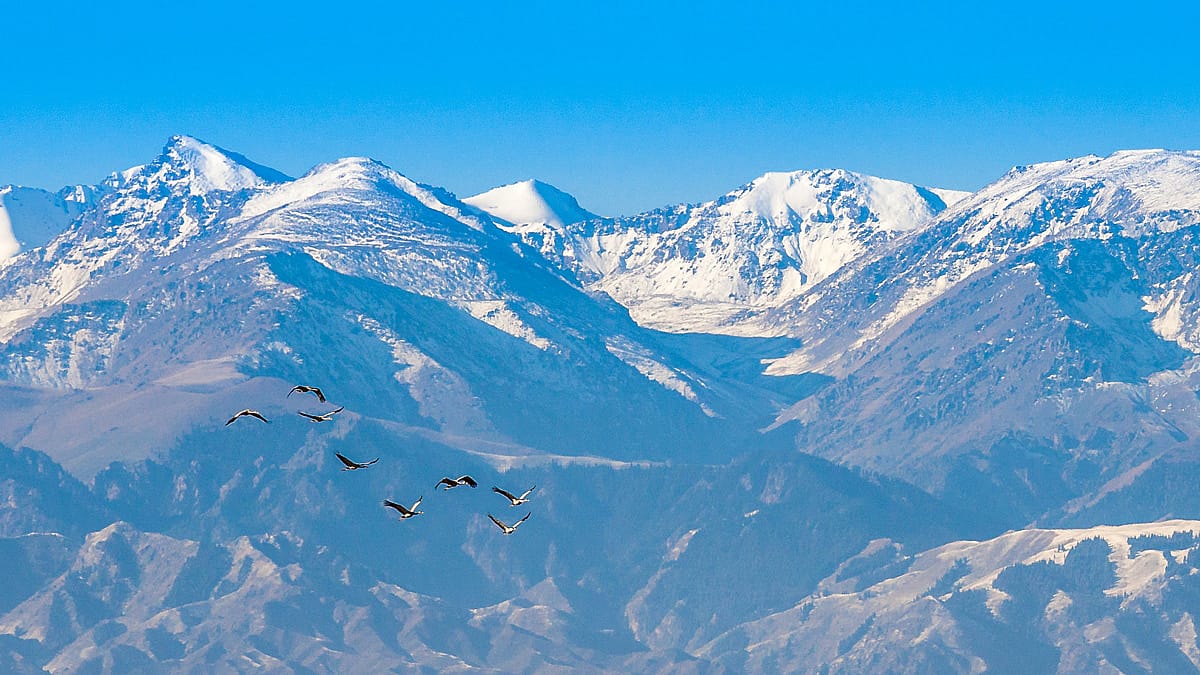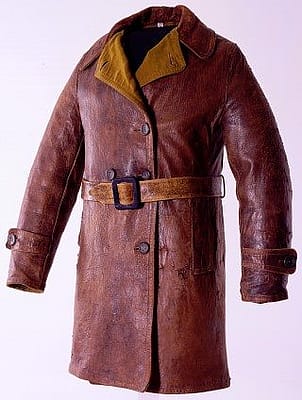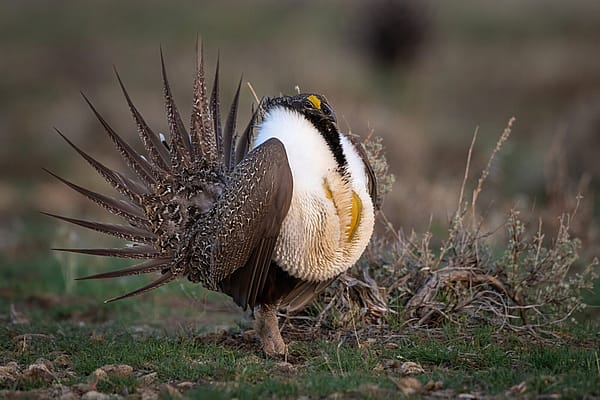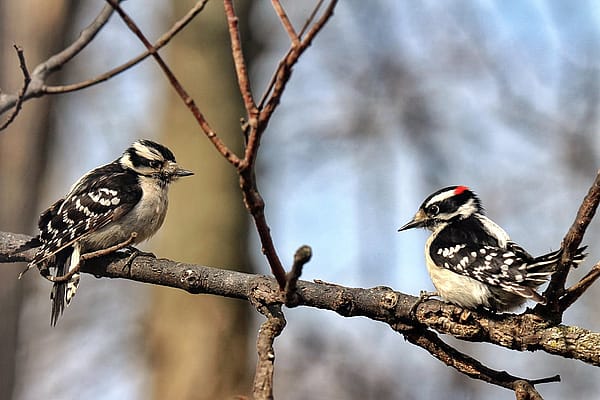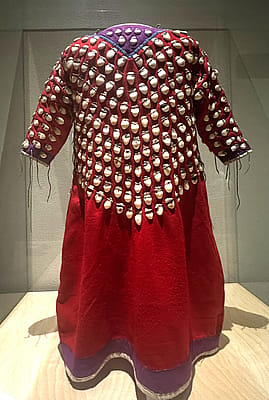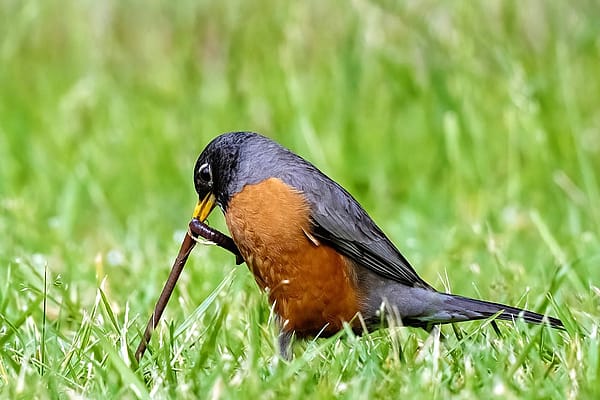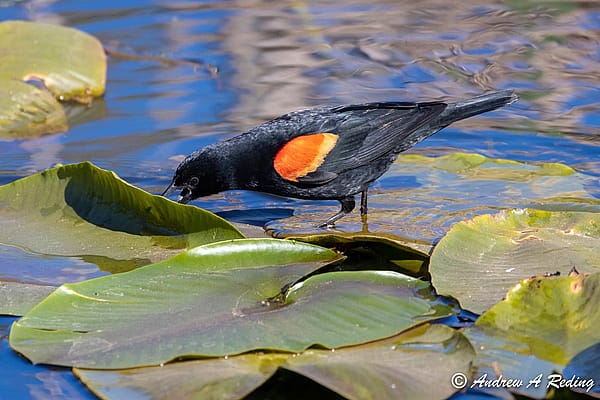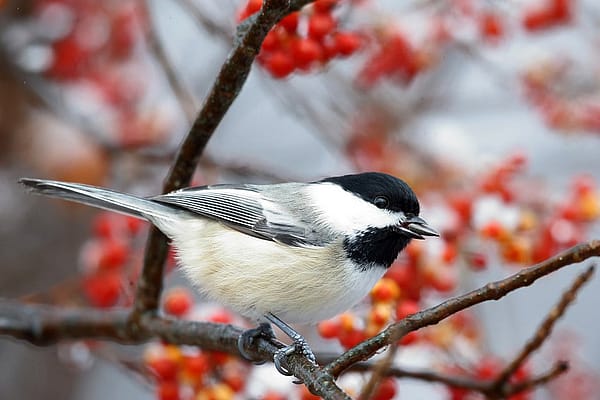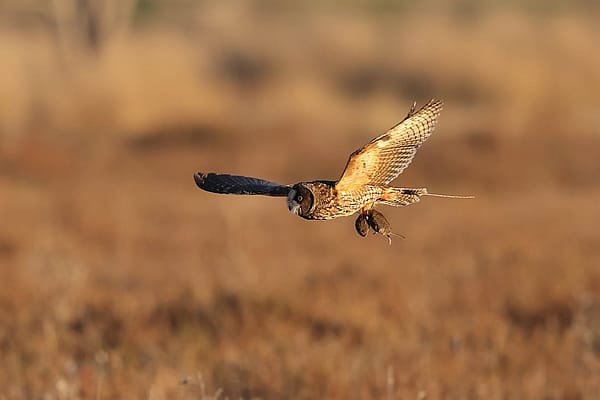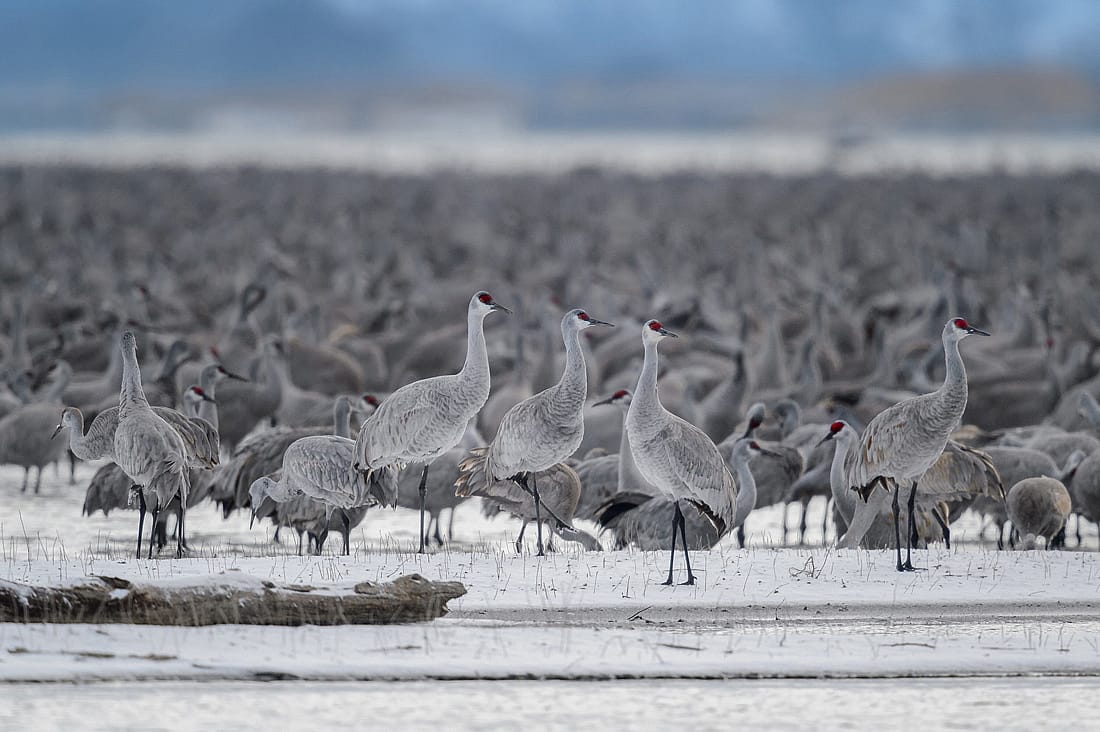
The Basics of Bird Migration Part II-Travel Direction, Navigation, Flyways, and Dangers
When thinking of bird migration, many people think of flocks of geese moving in their typical “V” formation. It’s not always picture-perfect, however. As I stated in The Basics of Bird Migration Part I-Knowing When, Grouping, and How They Prepare, migratory travels can be one of the most dangerous times in a bird’s life. Just the physical stress of the trip is a hazard. In addition, lack of adequate food, exposure to predators, foul weather, and even humans add to the danger. Nevertheless about 40% of the world’s species migrate between their winter and summer homes.
Do All Migrating Birds Fly South to Keep Warm?
Many birds are year-round residents, and others simply change altitude. Yet with many species whether they migrate or not depends on where they live. Turkey Vultures living in year-round mild temperatures do not migrate, where those in the northern part of their range do.
It is generally believed by many people that birds migrate south for the winter in order to reside in warm temperatures. This is not, however, necessarily true. Rough-legged Hawks, for example, spend winters in Wyoming. Although it is cold here in the winter, it is milder to them. In the summer, Rough-legged Hawks breed in the arctic areas of North America and Eurasia. In other words, this hawk’s idea of warmer weather isn’t what most of us imagine.
American Robins are non-migratory in most of the United States. In contrast, those that breed in Alaska and Canada will move southward in the fall. I see Robins here in Wyoming in the winter, so really despite the old adage that Robins are a first sign of spring, for me it’s the arrival of the Turkey Vulture that alerts me to the change of seasons.
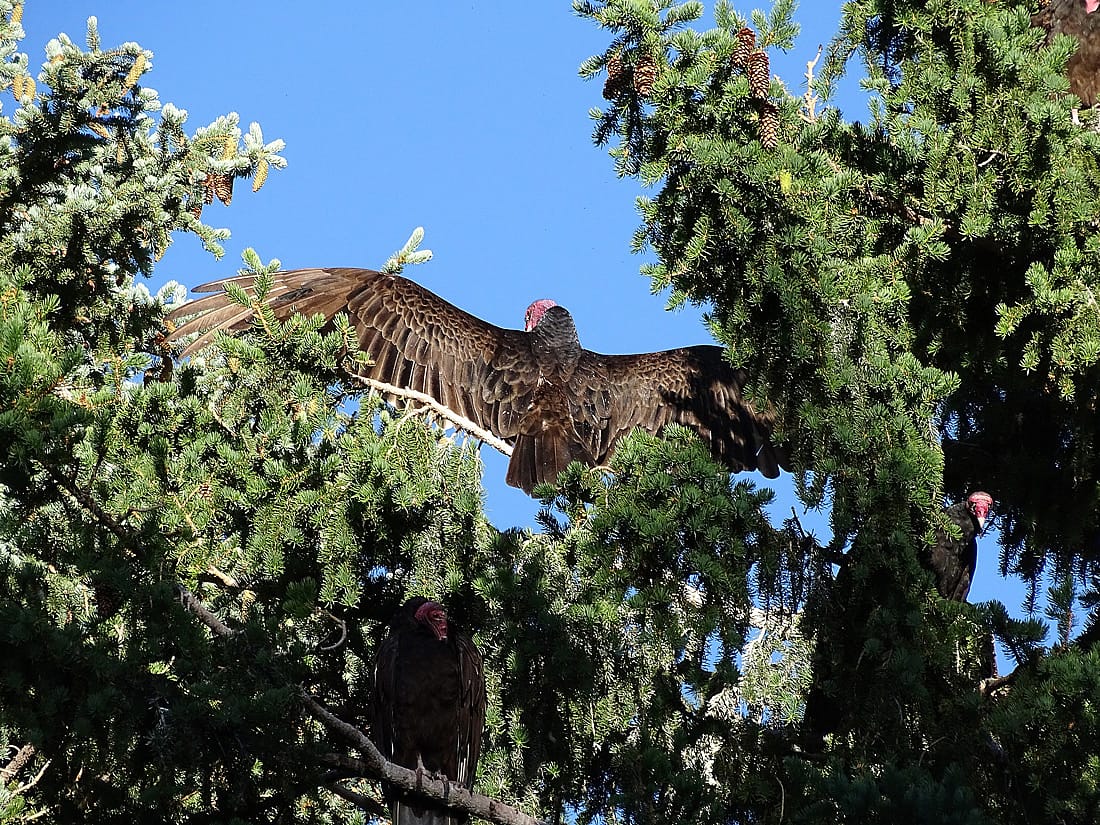
How Do Birds Find Their Way?
How bird’s navigate is a question that often arises. Over the years a number of theories have been offered. Scientists generally agree that birds probably use a combination of navigational techniques. Landmarks are one of the common answers to the question. Landmarks can be used not only to guide them, but also to alert them to the location of food, water, and areas with shelter for rest stops along the way.
Environmental landmarks such as mountains, coastlines, streams, lakes, trees, and even large boulders may all play a part as guidance. One year it was observed that radio-tagged Canada Geese in Minnesota became confused at a certain point along their way. It was at this point that a large tree had fallen since their last migration through the area. It is believed that this tree was likely a notable guiding landmark. Human development may also contain guiding cues such as highways, and structures.
In some cases, immature birds follow their parents. But what about species where the first-year birds leave before the adults? Or in cases of birds that travel over oceans? Although not fully understood, it is a belief that in these cases the position of the sun, moon, and star patterns are used to guide them. It appears that this capability may be an instinctive behavior. Even so, there seems to be a learning aspect before they are completely efficient navigators.
Birds also have a magnetic sense to help them understand northern and southern directions. Experiments have shown that caged birds, which could not see the sky, were able to orientate themselves. When an artificial reversed magnetic field was applied, the birds orientated themselves in the opposite direction.
Predictable Flyways
In North America there are four major migratory routes, often called flyways – the Atlantic, the Mississippi, the Central, and the Pacific flyways. Although these are the common routes many birds travel, they do not necessarily restrict themselves to a single path. Some species follow heavily traveled paths, while others migrate along more generalized routes. On the other hand, with experience, birds learn where good stopover points and dangerous areas are located. As a result, individual experienced birds may travel the same route year after year.
Many birds avoid flying over wide-open water. Consequently, where there are areas of restricted land mass thousands of birds may pass over each year. According to Kate Davis’ book, Raptors of the West Captured in Photographs, 800,000 Swainson’s Hawks may pass over the bottleneck area of Veracruz, Mexico in one season.
Listen to this short, interesting 1:45 minute BirdNote, “Counting a Million Raptors Over Veracruz”
https://www.birdnote.org/show/counting-million-raptors-over-veracruz
One of the most spectacular migration stopovers can be seen in Nebraska’s Central Platte River Valley each spring. This flyway stopover has been used by Sandhill Cranes for at least 10,000 years. Approximately 600,000 cranes stop in this area each year.
Take 6.02 minutes to watch this short National Geographic documentary on this migration stop over.
https://www.youtube.com/watch?v=COkT0Rx9gEI
Possible Human Caused Dangers
As the human population increases, so does the danger for birds following their historical migration routes. Power lines, towers, and wind turbines can kill hundreds of thousands of birds. Even human behavior takes a toll. In Canada and the United States, hunting seasons fall under government regulations. This helps to protect populations of migrating birds that are concentrated into large groups.
Conversely, in many countries hunting regulations are weak. Therefore, once birds leave the United States passing into Mexico and continuing down through South America, they no longer have this protection. Because of weak hunting regulations, hunters from the United States and Europe often visit Argentina each year as thousands of birds are migrating. Consequently hunters are able to kill as many birds as they wish. This also happens in some areas of other continents. For this reason, traditional rest stops that, at one time offered food and safety, have disappeared or become death-traps to thousands of birds. As a result, it is believed this has caused some species to change their migratory routes and timing.
Furthermore, the increase in human development leads to increased night-lighting. (Sometimes referred to as light pollution). The lights of communication towers and tall buildings draw birds toward them. In addition, the lights may disrupt their ability to use the location of the moon and stars for navigation. Millions of birds are killed each year due to collisions with lighted structures.
Increasing populations of humans also causes environmental changes such as habitat loss. As a result this in turn also effects historic flyways.
Watch this 4:09 TedED video on migration hazards, and how we can help.
https://www.youtube.com/watch?v=Q-mMMpl_T80
In Conclusion
Over the years scientists have gained a lot of knowledge about avian migration. Even so, there is a lot more to be learned. Today, more than half of all North American bird species are at risk of extinction unless we take significant conservation actions. Scientists tell us that studying the mysteries of bird migration could help preserve species that are threatened by habitat loss and climate change. One of the goals is to locate important migration stopovers. Once identified, we can work to protect and save these crucial locations.
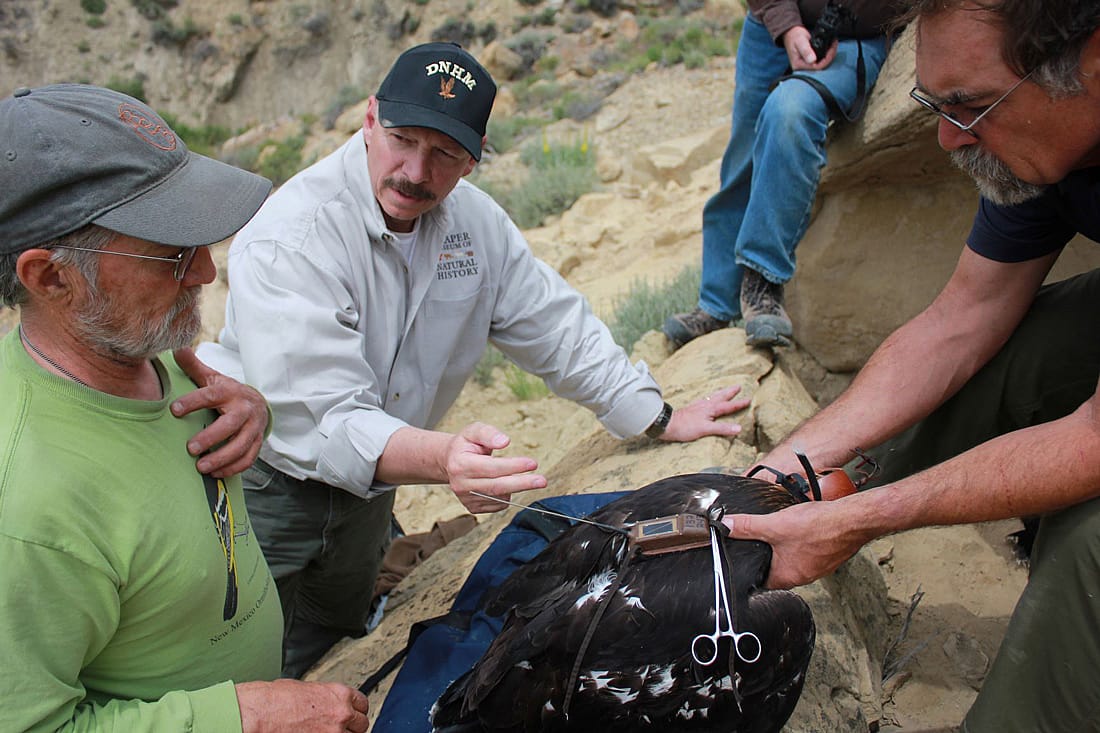
Bird banding and Satellite tracking are two ways that scientists can study the movement of birds. With new technology, however, we will be able to learn so much more in the years to come. One such new tool is a tracking system called geolocators. These are tiny backpacks fitted onto birds that contain sophisticated sensors and weigh less than a dime.
Listen to this short Bird Note clip about how scientists use geolocators to track the movements of birds.
https://www.birdnote.org/show/tracking-birds-during-migration
Photo credits:
Canada Geese at Blackwater National Willife Refuge in Dorchester County, MD by Steve Droter/Chesapeake Bay Program, Attribution NonCommercial License
Rough-legged Hawk in Adams County, Colorado by Tony’s Takes, Attribution NonCommercial NoDerivs License
Turkey Vultures in Cody Roosting Tree by Author, Attribution NoDerivs License, https://www.flickr.com/photos/157982666@N07/
Migrating birds flying over Tianshan Mountains by pacman321, Attribution-NonCommercial license
Sandhill Cranes on a sand bar along the Platte River near Wood River, Nebraska, by Diana Robinson, Attribution-NonCommercial-NoDirivs License
Chicago night sky by Thomas Hawk, Attribution-NonCommercial 2.0 Generic License
Photo of Dr. Preston and colleagues attaching a satellite transmitter to a juvenile Golden Eagle for his long term study, Golden Eagle Nesting Ecology in the Bighorn Basin was given to me by Dr. Preston for this blog. Dr. Preston is the Senior Scientist & Curator Emeritus, Draper Natural History Museum. https://centerofthewest.org/explore/greater-yellowstone-natural-history/meet-the-staff/
Written By
Anne Hay
Anne Hay has a Bachelor's degree in Elementary Education and a Master's in Computers in Education. She spent most of her working years teaching third grade at Livingston School in Cody, Wyoming. After retiring she began doing a variety of volunteer work for the Buffalo Bill Center of the West’s Draper Natural History Museum. Anne loves nature and has a concern for the environment. She believes that educating the public, so that they will have a better understanding and appreciation for the natural world, is very important. Because of this belief, volunteering at the Center is a perfect fit. She spends time in the Draper Lab, observing eagle nests for Dr. Charles Preston’s long-term research project on nesting golden eagles, writing observation reports of raptor sightings in the Bighorn Basin, and working with the Draper Museum Raptor Experience. Anne states that, “Having a bird on my glove, is one of my all time favorite things in life.”
